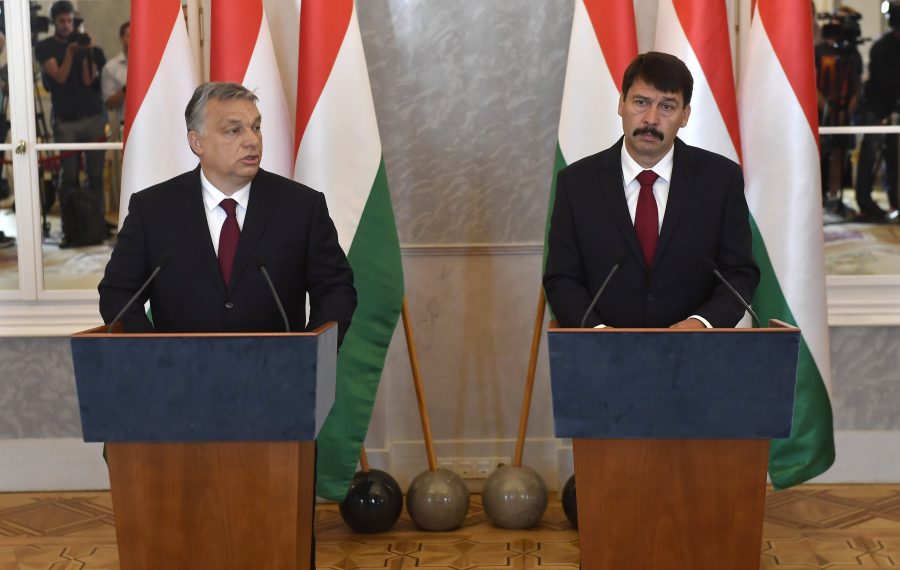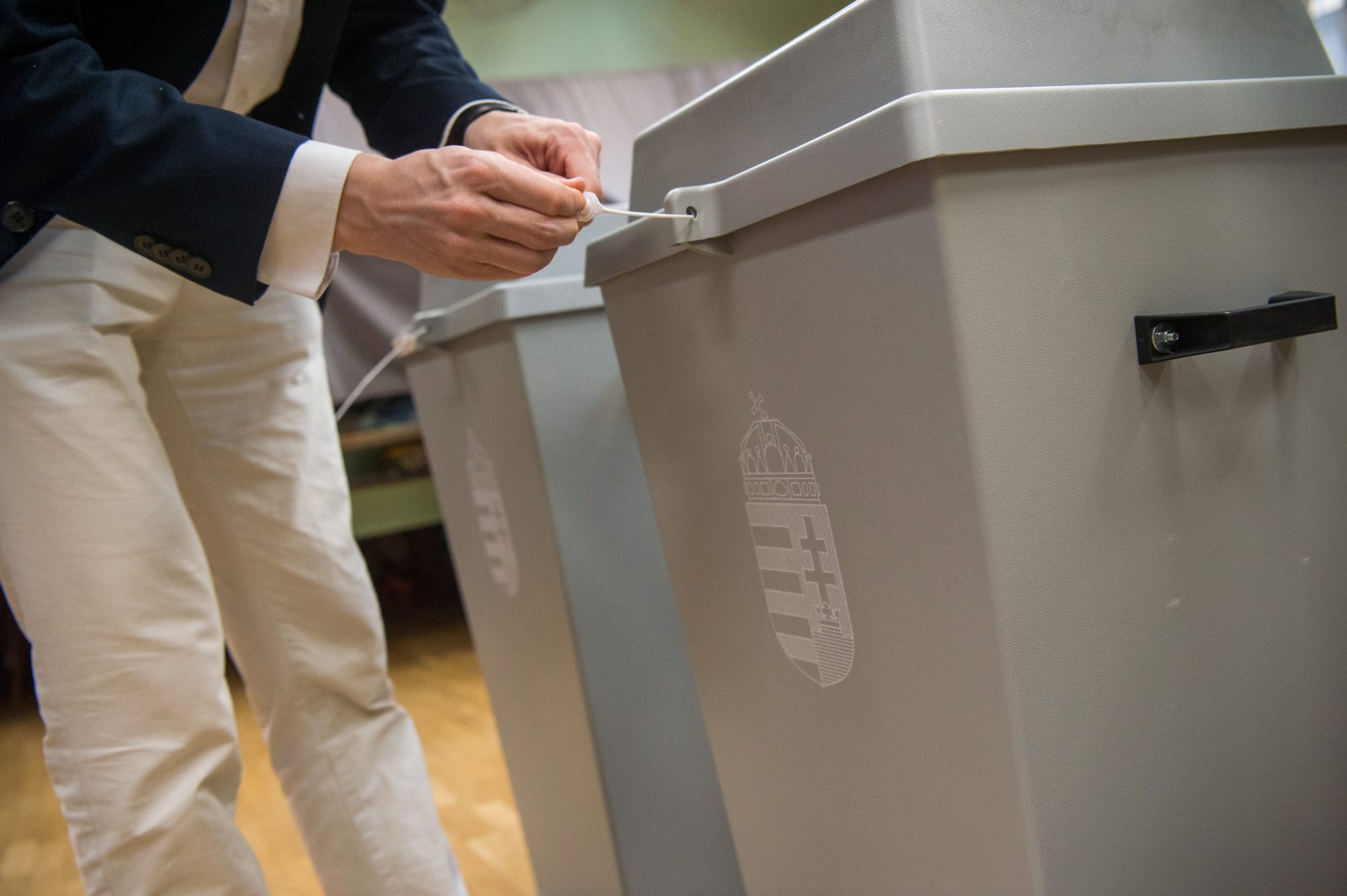
There have long been talks in the media about the possible successors of President János Áder.Continue reading

Just over a week after the launch of their initiative, the Civil Head of State Nominating Committee (CÁJB) is dropping their proposal to organize a primary to choose a joint candidate for Hungary’s upcoming presidential election. The organization says that it would only divide the attention of voters.
As we reported at the end of October, the joint opposition recently announced their plans to organize another primary to choose a joint candidate for the upcoming presidential election. To this end, the CÁJB has been set up, an organization made up of civil society members linked to the opposition alliance.
“Although we continue to attach the utmost importance to listening to and respecting the opinions of citizens who want to see a change of government, we do not wish to jeopardize the success of the opposition’s common program, the joint running list, or the campaign by dividing the attention that the vote for the head of state may generate,” news site 24.hu quoted the organization.
The CÁJB argued that constructive cooperation between civilians and parties, similar to the autumn primaries, has great potential for success, which is why they are now stepping back, but will still continue with their main goal in mind: the dismissal of the NER (the System of National Cooperation – the term Orbán used for his system) and ruling Fidesz.
The second (and according to Hungary’s constitutional rules, final) term of incumbent president, János Áder, will end in May. Since the president must be elected no earlier than 60 days and no later than 30 days before the five-year term of the incumbent head of state expires, and Áder’s term expires in May, this is due between March 9 and April 9. This means ruling parties Fidesz-KDNP, which today have a two-thirds majority in the National Assembly will likely be able to elect the new president shortly before the 2022 parliamentary elections. Therefore, the initiative would have been mainly of symbolic importance.
Featured photo illustration by Zoltán Balogh/MTI